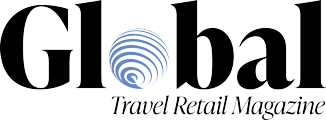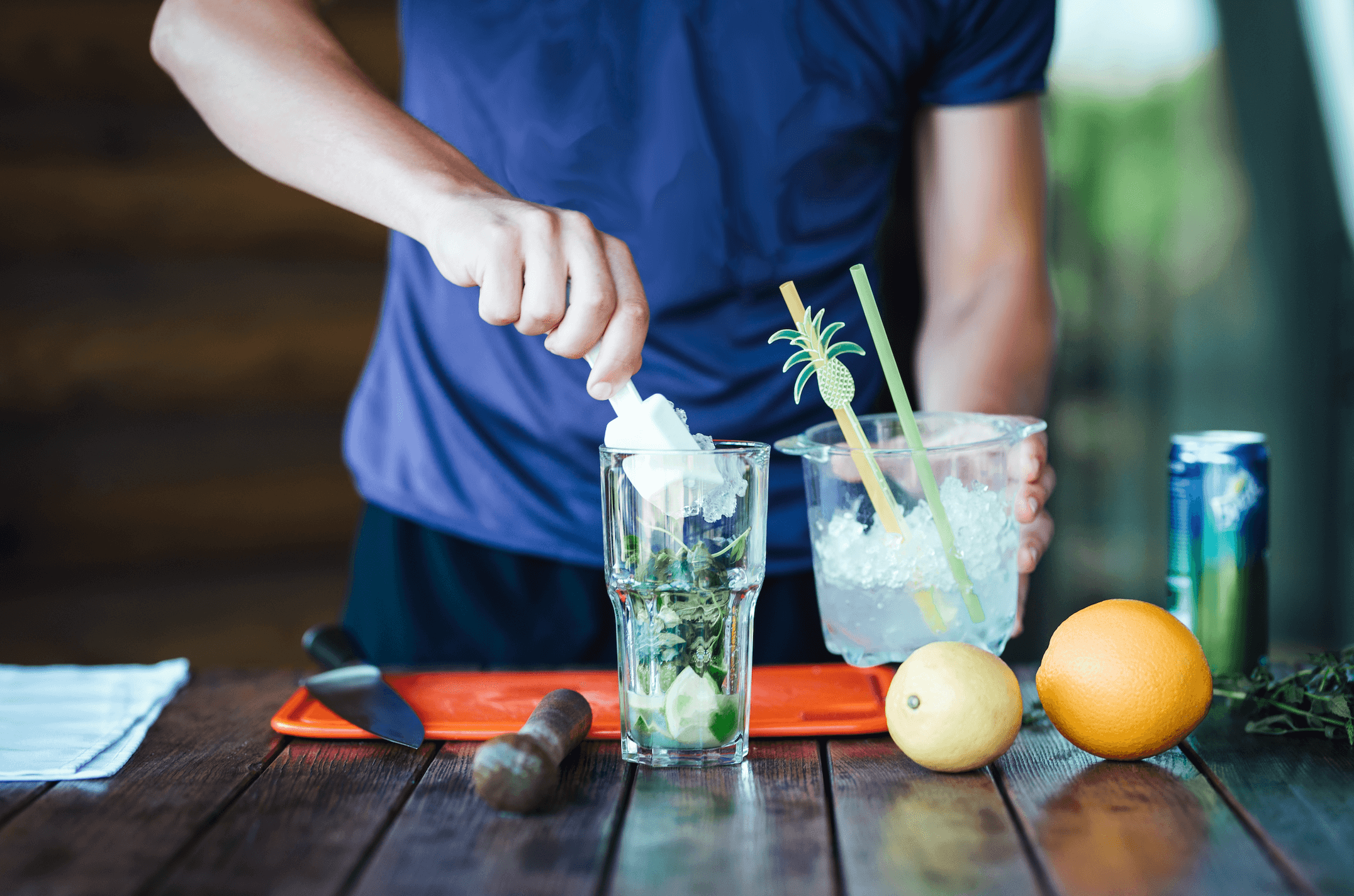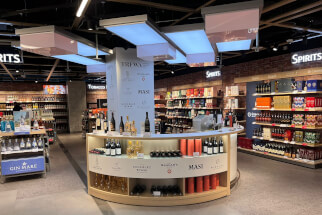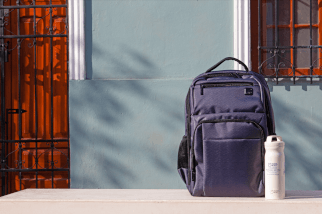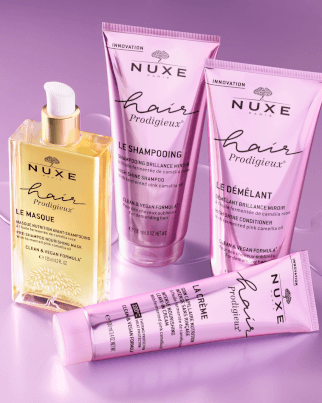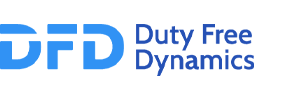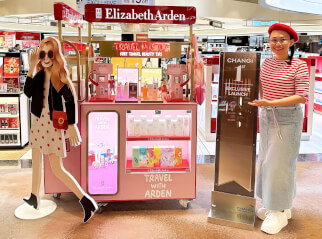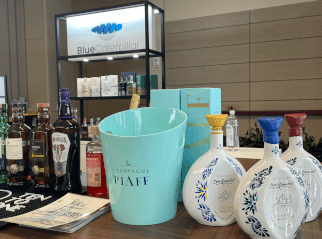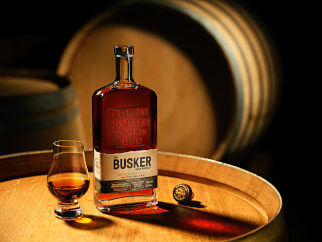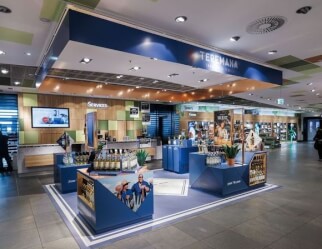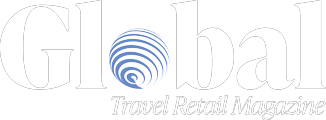IWSR update on premiumization and beverage alcohol e-commerce
IWSR data shows early signs of down-trading in select categories; and consumer drivers for purchasing online are starting to shift in favor of value-seeking Source: ingimage
In IWSR Drinks Market Analysis' latest weekly release, IWSR reports findings from two separately published articles:1. Premiumization continues across beverage alcohol, but shows signs of slowing down in Q4 2022 and beyond
2. Beverage alcohol e-commerce value is expected to grow by one third over the next five years, despite weaker macroeconomic outlook
IWSR data shows early signs of down-trading in select categories; and consumer drivers for purchasing online are starting to shift in favor of value-seeking, as cost of living increases.
Premiumization across beverage alcohol
The first half of 2022 saw value growth of beverage alcohol reach historic highs, driven by a combination of post-pandemic pent-up demand and price increases.
Although H1 2022 total beverage alcohol volumes (across 20 key markets that make up approximately 75% of total global beverage alcohol volume consumption) have not yet reached pre-pandemic levels, latest findings from IWSR show that volumes in premium-and-above price bands grew +7% in H1 2022 compared to H1 2019, across the 20 key markets.
Overall, the first half of 2022 was relatively positive for the drinks industry, however, IWSR’s recent consumer survey in October this year, indicates that consumer confidence is starting to weaken in many markets.
IWSR data shows early signs of down-trading across many beverage alcohol categories, as well as an increasing focus on reducing quantity but maintaining quality. Consumers are increasingly turning to at-home consumption and will look to the on-premise to provide experience-led drinking occasions.
See here to read a breakdown of the following and more:
- Tequila leads premium+ spirits growth in H1 2022
- Sparkling wine drives premium+ performance in the overall wine category
- Beer growth driven by select markets
- RTD growth moderates and shifts to premium focus
- Pockets of declining consumer confidence
Beverage alcohol e-commerce
Over the next five years, total e-commerce sales of beverage alcohol across 16 key markets are expected to contribute an additional $10bn+ to the beverage alcohol market, to reach nearly $40bn by 2026, according to new IWSR findings.
Although a weaker macroeconomic outlook and a return to pre-pandemic purchasing habits have dampened the channel’s previously expected trajectory, alcohol e-commerce sales will still grow by +34% (2021-2026) across 16 focus markets examined (Australia, Brazil, Canada, China, Colombia, France, Germany, Italy, Japan, Mexico, Netherlands, Nigeria, South Africa, Spain, the United Kingdom, and the United States). This follows value growth of +12% in 2019 and almost +43% in 2020 during the height of the pandemic.
As cost of living increases, there are early signs that online shopping behaviors are shifting in favor of trusted brands and strong value propositions in some markets and categories. However, e-commerce remains a channel for seeking unusual and rare items, and the premium segment is likely to be better insulated from such pressures.
“Having surged through the pandemic, alcohol e-commerce sales are set to moderate over the next few years. However, the channel is still a key growth contributor for the total beverage alcohol market. Almost all volume gains in the total off-trade between 2021 and 2026 will come from e-commerce, despite slowing growth rates,” comments Guy Wolfe, Strategic Insights Manager at IWSR Drinks Market Analysis.
See here to read a breakdown of the following and more:
- China and US key growth markets; Mexico and Nigeria see rapid development
- Beer adds volume; spirits contribute value growth
- Weaker fiscal outlook will favor the omnichannel
